Understanding the Differences Between 48V and 24V Systems
Before choosing a battery system for energy storage, it is important to understand the differences between 48V and 24V systems. Both 48V and 24V systems have their advantages and disadvantages, and the choice between the two depends on your specific energy needs and existing equipment. In addition, lithium batteries have become increasingly popular for energy storage due to their improved performance compared to traditional lead-acid batteries, but they present some unique challenges when it comes to implementing them in existing systems. In this article, we will explore the pros and cons of 48V and 24V systems and lithium batteries for energy storage, so you can make an informed decision for your specific application.

Advantages of Lithium Batteries for Energy Storage
Lithium batteries are becoming the preferred option for energy storage due to their numerous advantages over traditional lead-acid batteries. Here are some of the main advantages of using lithium batteries for energy storage:
- Higher energy density: Lithium batteries have a higher energy density than lead-acid batteries, meaning they can store more energy in the same space. This makes them ideal for applications where space is limited.
- Longer lifespan: Lithium batteries are designed to last longer than lead-acid batteries, with a typical lifespan of 10-15 years depending on usage. In contrast, lead-acid batteries typically last around 5-7 years.
- Faster charging: Lithium batteries can be charged much faster than lead-acid batteries, allowing you to recharge your system more quickly and efficiently.
- Higher efficiency: Lithium batteries have a higher charge and discharge efficiency than lead-acid batteries, meaning that more of the energy stored in the battery is available for use by your system.
- Lower maintenance: Lithium batteries require less maintenance than lead-acid batteries, reducing the overall cost of ownership over the lifetime of the battery.
Overall, lithium batteries offer numerous advantages over lead-acid batteries, making them an attractive option for energy storage applications. Their higher energy density, longer lifespan, faster charging, higher efficiency, and lower maintenance needs all contribute to their growing popularity in energy storage systems.
Challenges of Implementing a 48V System with Existing 24V Equipment
While 48V systems are gaining popularity for energy storage applications, they do present some challenges when it comes to integrating them with existing 24V equipment. Here are some of the main challenges you may face when trying to implement a 48V system with existing 24V equipment:
- Equipment compatibility: Many existing pumps, valves, and motors are designed to work with 24V systems, and may not be compatible with a 48V system. This can create the need for additional equipment upgrades or replacements.
- Wiring changes: A 48V system will require new wiring and cabling to be installed, which can be costly and time-consuming.
- Inverter considerations: If you are using an inverter in your energy storage system, you will need to ensure that it is compatible with a 48V system. Some older inverters may only be designed for use with 24V systems.
- Cost: Upgrading to a 48V system can be more expensive than sticking with a 24V system due to the need for new equipment and wiring.
It is important to carefully consider these challenges before deciding to upgrade to a 48V system. In some cases, a 24V system may be the better option if it means avoiding costly equipment upgrades and compatibility issues.
Benefits of a 24V Lithium Battery Bank over Traditional Lead-Acid Batteries
Lithium batteries are becoming an increasingly popular choice for energy storage applications, and when combined with a 24V system setup, can provide a number of advantages over traditional lead-acid batteries. Here are some of the main benefits of using a 24V lithium battery bank:
- Higher energy density: Lithium batteries have a higher energy density than lead-acid batteries, meaning that they can store more energy in a smaller package. This can be particularly beneficial for applications where space is limited.
- Longer lifespan: Lithium batteries typically have a much longer lifespan than lead-acid batteries, with some manufacturers claiming up to a 20-year lifespan for lithium batteries.
- Faster recharging: Lithium batteries can be recharged much more quickly than lead-acid batteries, which can help reduce downtime and ensure that your energy storage system is always ready when you need it.
- Lower maintenance costs: Lithium batteries require less maintenance than lead-acid batteries, which can help reduce the overall cost of ownership over the lifetime of the system.
- Lower environmental impact: Lithium batteries are more environmentally friendly than lead-acid batteries, as they contain fewer harmful chemicals and are more easily recyclable at the end of their lifespan.
Overall, a 24V lithium battery bank can provide numerous benefits over traditional lead-acid batteries, including higher energy density, longer lifespan, faster recharging, lower maintenance costs, and a lower environmental impact.
Efficiency and Cost Considerations for 48V vs. 24V Lithium Batteries
When considering the efficiency and cost of lithium batteries for energy storage, there are several important factors to keep in mind, particularly when deciding between 48V and 24V systems. Here are some of the main considerations:
- Energy efficiency: Although both 48V and 24V systems can be designed for optimal energy efficiency, 48V systems typically have a slight edge due to their lower operating current and reduced line losses. However, the actual energy losses will depend on the specifics of the system, including the amount of power being drawn and the distance between the battery and the load.
- Cost efficiency: In general, 24V systems are less expensive than 48V systems, mainly due to the lower cost of the components and equipment required. Additionally, switching from a lead-acid battery to a lithium battery will typically come with an upfront cost premium, although the long-term cost savings from using a longer-lasting, more efficient lithium battery may make it a more cost-effective option over the life of the battery.
- Battery life: Both 48V and 24V lithium battery systems can last longer than traditional lead-acid batteries, but the lifespan of the battery will ultimately depend on the quality of the battery and the specifics of the system. Factors such as temperature, depth of discharge, and charging frequency can impact battery life.
- Required equipment: Depending on your specific application and existing equipment, it may be more cost-effective to stick with a 24V system rather than investing in new equipment and wiring required for a 48V system.
Ultimately, the decision between 48V and 24V systems will depend on your specific energy storage needs, available equipment, and budget. When comparing different battery options, it is important to carefully consider factors such as energy and cost efficiency, battery life, and required equipment, to ensure that you select the best option for your particular application.
Case Study: Real-World Examples of Successful 48V and 24V Lithium Battery Installations
To better understand the practical applications of both 48V and 24V lithium battery systems, let’s look at some real-world examples of successful installations.
48V Lithium Battery Installation:
One example of a successful 48V lithium battery installation is a residential solar system in California. The system replaced an existing lead-acid battery bank with a 48V lithium battery bank, improving the overall efficiency of the system and increasing the amount of usable energy available. The system was able to provide power during planned and unplanned outages, ensuring uninterrupted power supply to the home while reducing the overall carbon footprint of the household.
24V Lithium Battery Installation:
In another example, a mining company in Canada successfully implemented a 24V lithium battery system to power their underground mining operations. The system was designed to replace the existing lead-acid battery system, which required frequent replacement and maintenance due to poor reliability. The 24V lithium battery system provided a more reliable source of power, requiring less maintenance and reducing the overall cost of ownership for the mining company.
Both of these case studies demonstrate the benefits of lithium batteries for energy storage, whether implemented in a 48V or 24V system. Lithium batteries offer improved efficiency, longer lifespan, faster recharging, and lower maintenance costs compared to traditional lead-acid batteries. These case studies also highlight the importance of considering the specific needs of your own application, such as available equipment and energy requirements, before deciding on the most appropriate battery system for you.
Making the Right Decision: Choosing Between 48V and 24V Lithium Batteries for Your Energy Storage Needs
When deciding between 48V and 24V lithium batteries for your energy storage needs, there are several factors to consider. Here are some steps you can take to help you make the right decision:
- Assess your current energy storage needs: First, you should assess your current energy storage needs to determine how much energy you need to store, and how often you plan to use that energy. This will help you determine the size and capacity of the battery system you require.
- Review your current equipment: Consider the equipment you currently have installed and check its compatibility with 48V or 24V systems. If you have a significant investment in existing equipment that is designed for 24V systems, it may be more cost-effective to stick with 24V.
- Determine potential energy savings: Evaluate the potential energy savings that come with implementation of either 48V or 24V lithium batteries. For instance, while a 48V battery may be more expensive to install and require more equipment when compared to a 24V battery, it can often lead to increased energy efficiency and savings over time, depending on factors such as energy usage patterns and location.
- Evaluate budget and cost: Consider the available budget for your energy storage system. Lithium batteries typically have a higher initial cost than traditional lead-acid batteries, but can provide savings over time.
- Review case studies: To get an idea of successful implementations of both 48V and 24V lithium battery installations, review case studies in your industry. This can help you get an idea of the trade-offs and advantages to both systems.
By following these steps and consulting with a qualified professional, you can make an informed decision about whether a 48V or 24V lithium battery system is the best option for your needs.
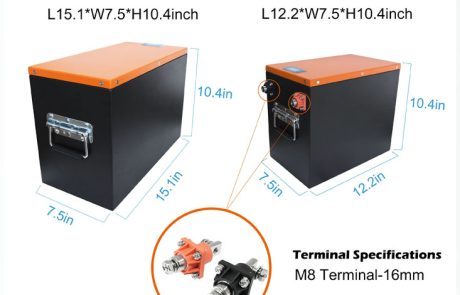
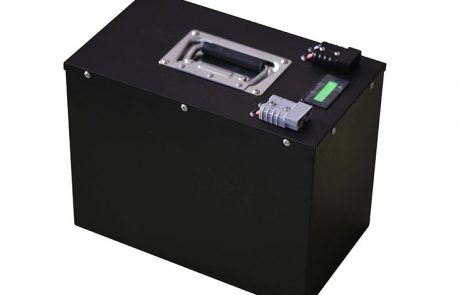

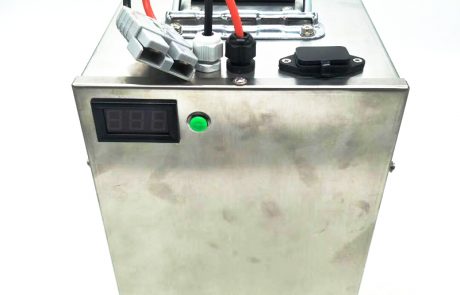
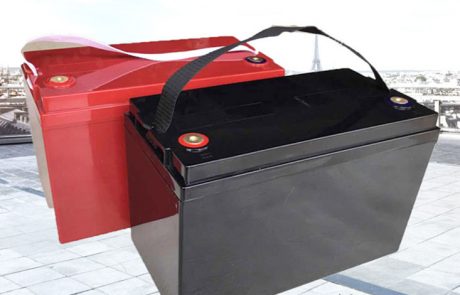
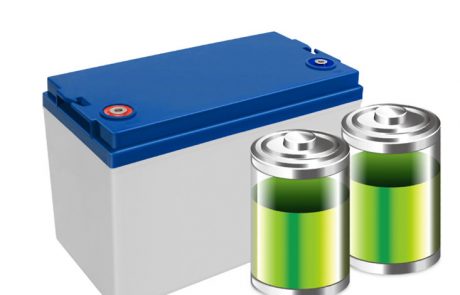


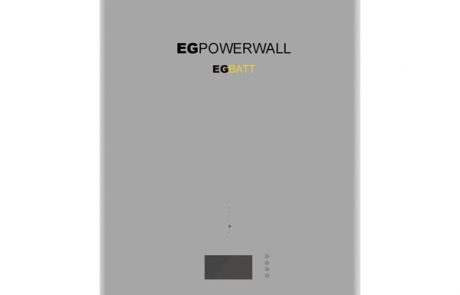




Leave A Comment